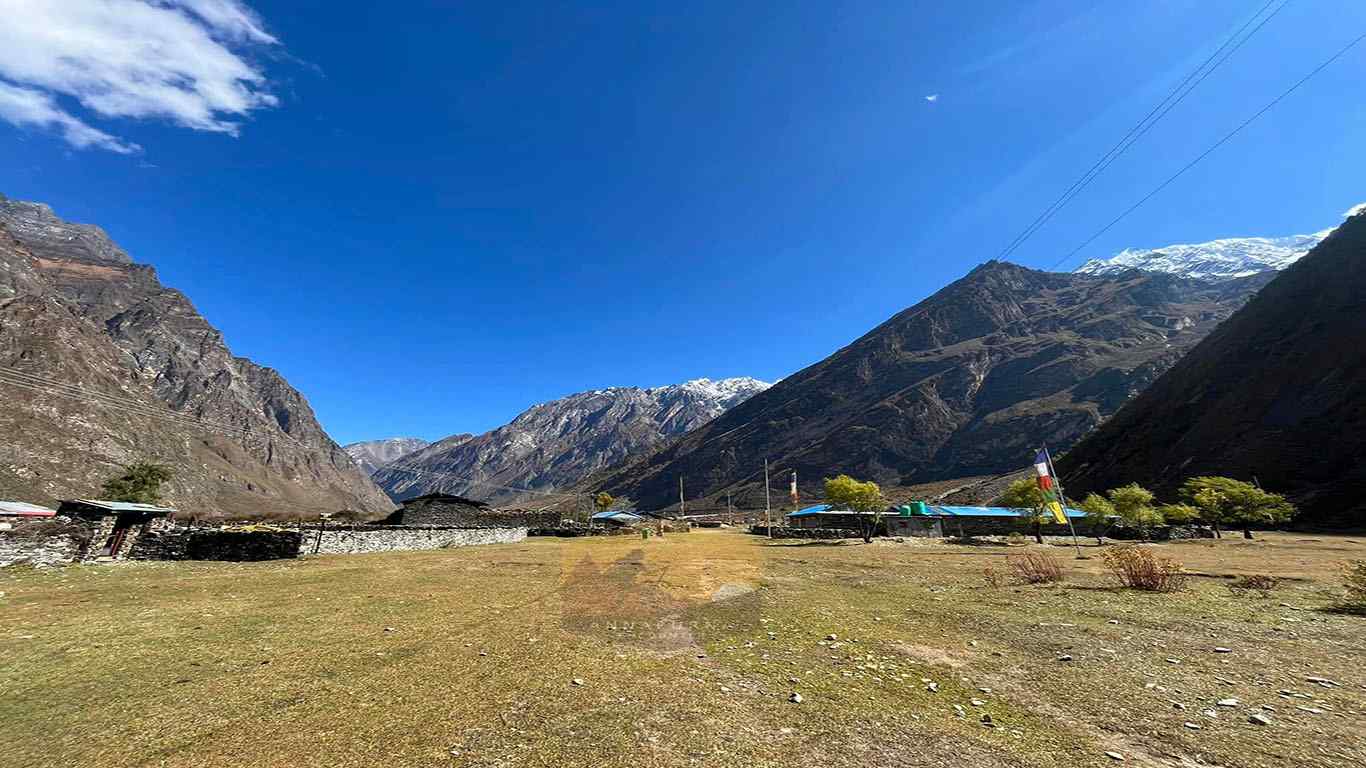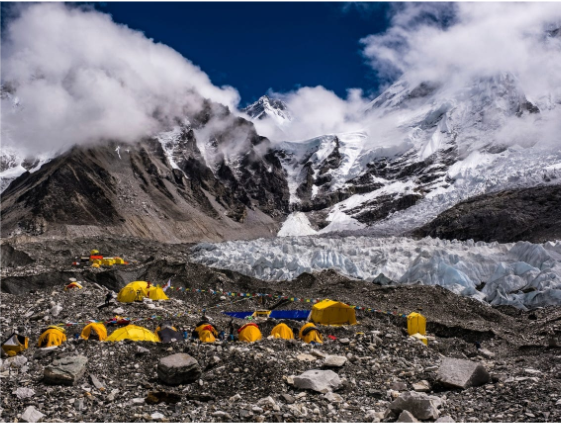For seasoned trekkers craving the ultimate Himalayan challenge, the Everest Three Passes Trek is the most comprehensive and demanding route in the Everest region. This high-altitude circuit trek is not just a journey to Everest Base Camp but a full-circle adventure through three major mountain passes — Kongma La (5,535m), Cho La (5,420m), and Renjo La (5,360m) — offering some of the most dramatic landscapes and panoramic views in the Himalayas.
Unlike the classic Everest Base Camp trek, which follows a linear path, the Everest Three Passes Trek is a loop that connects the Khumbu, Gokyo, and Imja valleys. It’s a route that tests endurance, rewards with incredible scenery, and immerses trekkers in the culture and spirit of the Sherpa homeland.
A Comprehensive Route Through the Everest Region
The trek typically begins with a thrilling flight from Kathmandu (or Ramechhap) to Lukla (2,860m), followed by a gradual ascent through familiar stops like Phakding, Namche Bazaar, and Tengboche. From there, the trail diverges into less-trodden paths, weaving through high alpine passes that link remote valleys.
The usual itinerary takes between 18 to 21 days, allowing time for acclimatization and side trips to iconic sites like Everest Base Camp, Kala Patthar, and the Gokyo Ri viewpoint.
- Kongma La connects Lobuche and Chhukung.
- Cho La links Dzongla to the Gokyo Valley.
- Renjo La connects Gokyo with the remote village of Thame.
Each pass presents a unique challenge — snowfields, steep climbs, and exposed ridgelines — and each offers unforgettable views of Everest (8,848m), Lhotse, Makalu, and Cho Oyu, four of the world’s highest peaks.
High-Altitude Challenge for Experienced Trekkers
The Everest Three Passes Trek is classified as difficult and is best suited for trekkers with high-altitude experience and excellent physical fitness. The altitude frequently exceeds 5,000 meters, and the terrain is demanding — steep ascents, glacial moraines, icy crossings, and variable weather conditions.
Acclimatization is critical to avoid altitude sickness. Strategic rest days in Namche Bazaar, Dingboche, and Gokyo are recommended. The trek doesn’t require technical climbing skills, but familiarity with high-altitude trekking gear and conditions is essential. Many trekkers carry microspikes or crampons for safety over icy passes.
Immersion in Sherpa Culture
Beyond the natural grandeur, the trek passes through vibrant Sherpa villages, ancient monasteries, and spiritual sites that reflect the deep-rooted Buddhist traditions of the Khumbu region. Tengboche Monastery, the largest in the area, offers not only spiritual serenity but also striking views of Ama Dablam.
Villages like Thame, the birthplace of legendary mountaineers like Tenzing Norgay, offer insight into the lives of the Sherpa people, whose resilience and warmth are as impressive as the peaks that surround them.
Wildlife and Natural Beauty
This trek passes through the Sagarmatha National Park, a UNESCO World Heritage Site, home to diverse flora and fauna including Himalayan tahr, snow leopards (rarely seen), and colorful pheasants. The Gokyo Valley, in particular, is known for its chain of glacial lakes — turquoise jewels shimmering beneath towering ice-covered giants.
The view from Gokyo Ri (5,357m) is often described as more stunning than even Kala Patthar. From here, you can witness the full sweep of the Everest range, including a bird’s-eye view of the Ngozumpa Glacier, the longest glacier in Nepal.
Teahouse Trekking with Growing Comforts
Despite its remoteness, the Everest region is well-developed for trekkers. Teahouses are available in all villages along the route, offering simple yet comfortable lodging and meals. The higher you go, the more basic the facilities become, but warmth, tea, and camaraderie are never in short supply.
Standard meals like dal bhat, noodles, pasta, and Tibetan bread are commonly served, along with tea and instant coffee. Wi-Fi and charging services are available in most places (for a fee), although connections may be unreliable at high altitudes.
When to Go
The best seasons for the Three Passes Trek are autumn (September to November) and spring (March to May). Autumn offers clear skies, stable weather, and panoramic mountain views. Spring adds the charm of blooming rhododendrons in the lower elevations.
While the trek is technically possible in winter, heavy snow can make the high passes dangerous or impassable. The monsoon season (June to August) is not advisable due to rain, poor visibility, and risk of landslides.
Why Choose the Everest Three Passes Trek?
For trekkers looking to go beyond Everest Base Camp and truly experience the breadth and depth of the Khumbu region, the Everest Three Passes Trek is unmatched. It’s a journey that challenges the body, stirs the soul, and rewards with some of the most awe-inspiring vistas on earth.
This trek is not just about reaching a destination — it’s about circling the roof of the world, crossing icy thresholds into remote valleys, and discovering what lies beyond the common path. For those who dare, the Everest Three Passes Trek is the adventure of a lifetime.


















